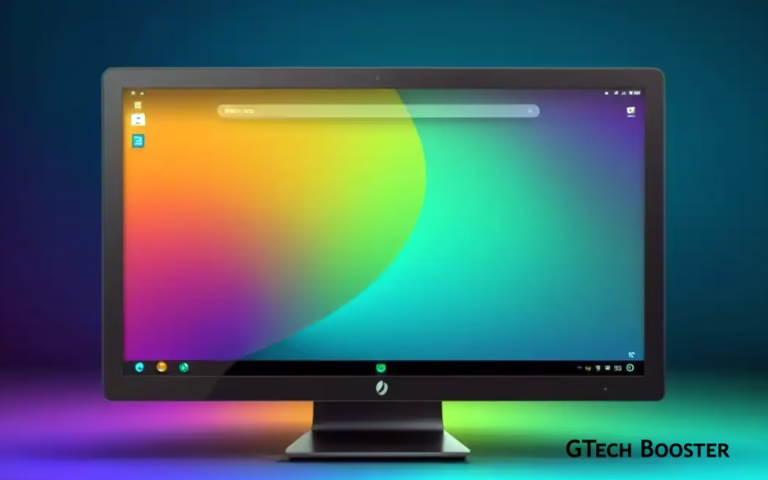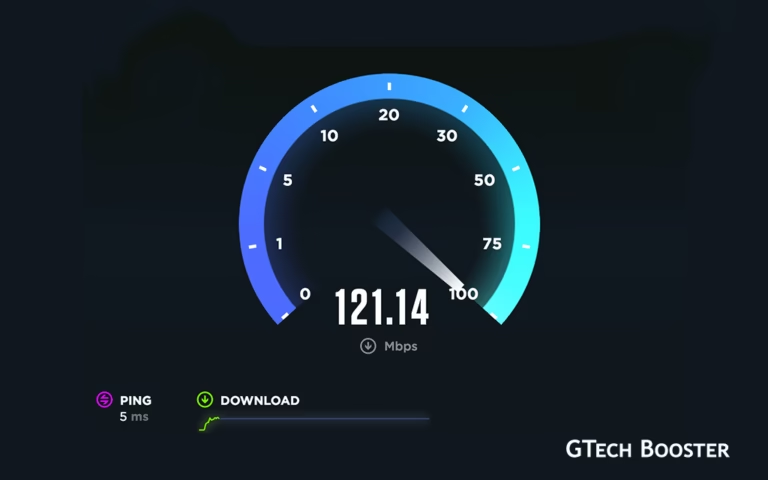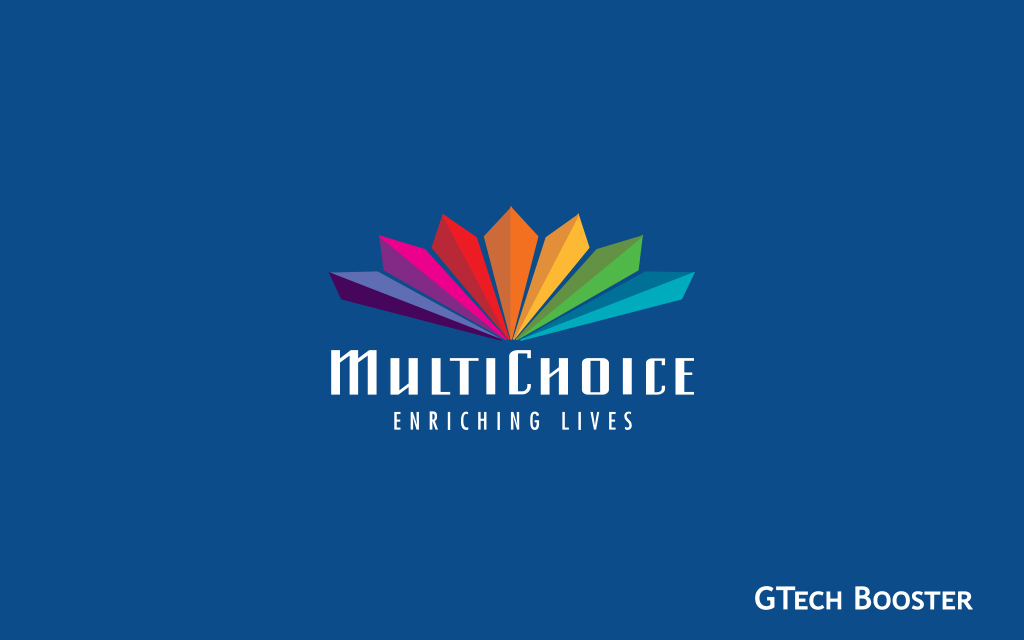The formation of Android

Android is a mobile operating system (OS) currently developed by Google, based on the Linux kernel and designed primarily for touchscreen mobile devices such as smartphones and tablets.
Its user interface is mainly based on direct manipulation, using finger touch gestures that loosely correspond to real-world actions, such as swiping or sliding, tapping and pinching, to manipulate on-screen objects, along with a virtual keyboard for text input.
In addition to touchscreen devices, Google has further developed Android TV for televisions, Android Auto for cars, and Android Wear for wrist watches, each with a specialized user interface. Variants of Android are also used on notebooks, game consoles, digital cameras, and other forms of electronics.
Android has the largest installed base of all operating systems of any kind as at 2016. Android has been the bestselling OS on tablets since 2013, and on smartphones it is the dominant OS. Android as at end of 2015 had a market share of 82.8%. But it did not just happen.
Android, Inc. was founded in Palo Alto, California in October 2003 by Andy Rubin (co-founder of Danger), Rich Miner (co-founder of Wildfire Communications, Inc.), Nick Sears (once VP at T-Mobile), and Chris White (headed design and interface development at WebTV to develop, in Rubin’s words, “smarter mobile devices that are more aware of its owner’s location and preferences”.
The early intentions of the company were to develop an advanced operating system for digital cameras. Though, when it was realized that the market for the devices was not large enough, the company diverted its efforts toward producing a smartphone operating system that would rival Symbian and Microsoft Windows Mobile.
Despite the past accomplishments of the founders and early employees, Android Inc. operated secretly, revealing only that it was working on software for mobile phones. That same year, Rubin ran out of money. Steve Perlman, a close friend of Rubin, brought him $10,000 in cash in an envelope and refused a stake in the company.
In 2005, Google bought Android Inc. and latter unveiled Android in 2007 to the public, along with the founding of the Open Handset Alliance (OHA) – a consortium of hardware, software, and telecommunication companies devoted to advancing open standards for mobile devices. As of February 2016, the Google Play store has had over two million Android applications (“apps”) published, and over 65 billion applications downloaded.
An August survey of mobile application developers found that 79% of developers create applications for Android, and an August 2016 survey found that 47% of full-time professional developers see Android as their priority target platform, which is comparable to Apple’s iOS on 31% with both platforms far above others.
Android’s source code is released by Google under open source licenses, although most Android devices ultimately ship with a combination of open source and proprietary software, including proprietary software required for accessing Google services. Android is popular with technology companies that require a ready-made, low-cost and customizable operating system for high-tech devices.
Its open nature has encouraged a large community of developers and enthusiasts to use the open-source code as a foundation for community-driven projects, which add new features for advanced users or bring Android to devices originally shipped with other operating systems.
At the same time, as Android has no centralised update system most Android devices fail to receive security updates: research in 2015 concluded that almost 90% of Android phones in use had known but unpatched security vulnerabilities due to lack of updates and support. The success of Android has made it a target for patent litigation as part of the so-called “smartphone wars” between technology companies around the World.
At Google, the team led by Rubin developed a mobile device platform powered by the Linux kernel. Google marketed the platform to handset makers and carriers on the promise of providing a flexible, upgradable system.
Google had lined up a series of hardware component and software partners and signaled to carriers that it was open to various degrees of cooperation on their part. An earlier prototype codenamed “Sooner” had a closer resemblance to a BlackBerry phone, with no touchscreen, and a physical, QWERTY keyboard, but was later re-engineered to support a touchscreen, to compete with other announced devices such as the 2006 LG Prada and 2007 Apple iPhone. Says Wikipedia

On the morning of the 15th of August 2011, Google bought Motorola following Google’s public campaign against a variety of companies, including Microsoft and Apple, which claims that they are purchasing large patent portfolios related to mobile phone technology in an attempt to squelch Google’s burgeoning Android business. Says Yahoo. A moved considered to be a Smart move by Google since Motorola sits on huge Banks of Patents.
See, it looks like Android would be with us for very long. As at 2016 Android support Phone, Wearable, Tablet , Television and Automotive Development.
More Information ℹ
One comment
Comments are closed.















Didn’t know android had a prototype named ‘Sooner’. Thanks.